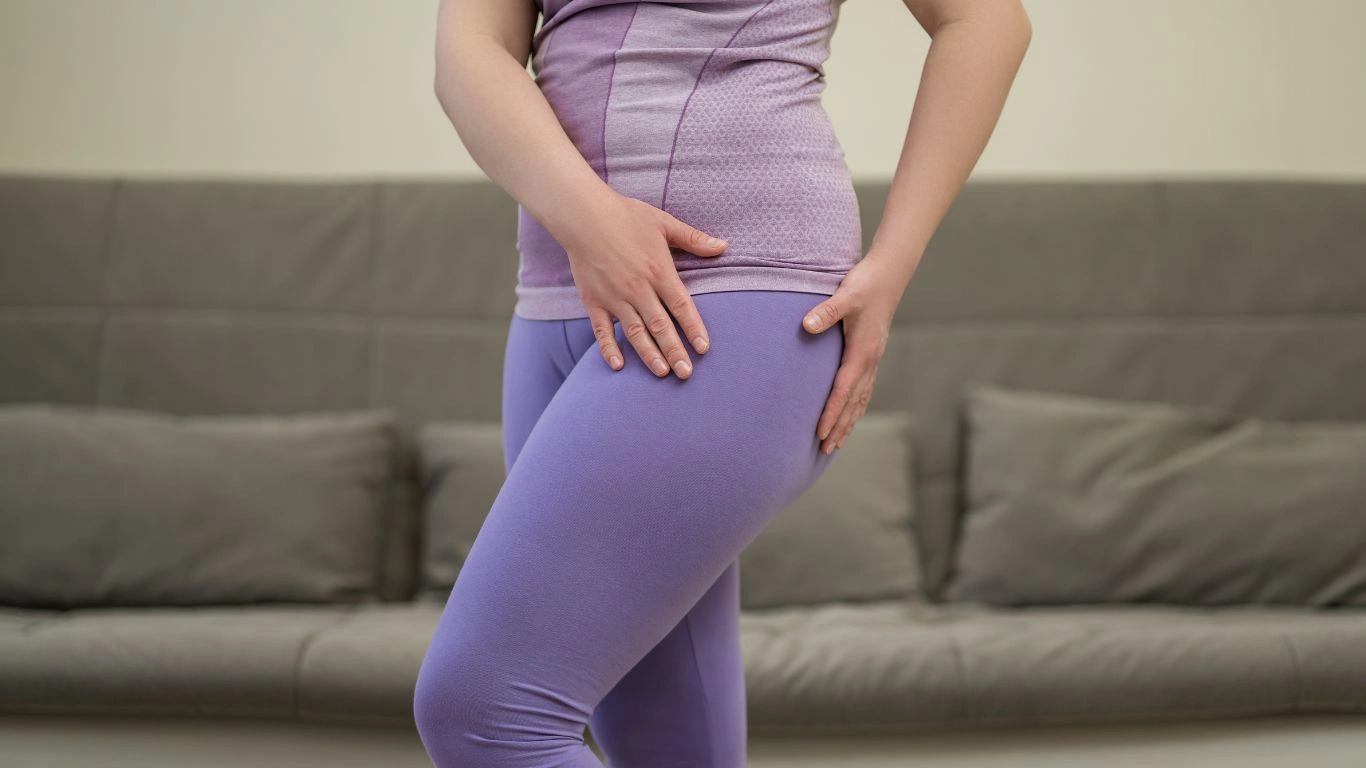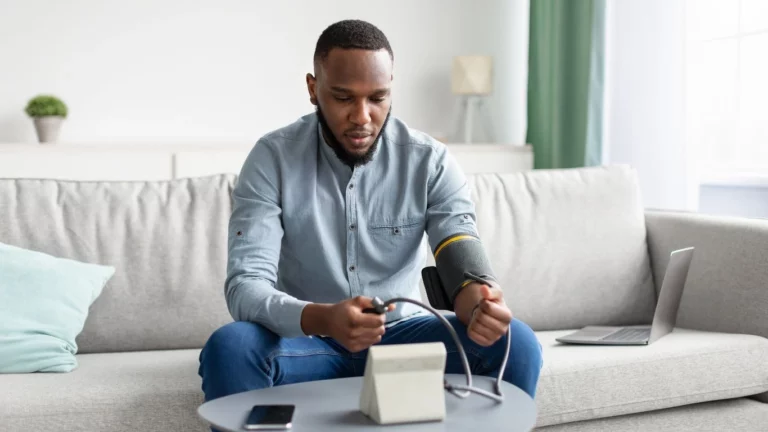How Rheumatoid Arthritis Affects Flexibility in Older Adults Positively
Rheumatoid arthritis (RA) is a chronic condition that can significantly impact a person’s daily life, especially for older adults. One of the lesser-discussed effects of RA is how it can reduce flexibility, making simple movements more challenging. As someone who’s spent years diagnosing and helping people manage rheumatoid arthritis, I’ve seen firsthand how the disease affects flexibility and mobility. It’s not just about joint pain – it’s about how that pain restricts movement and can make even basic activities feel impossible. In this article, I’ll break down exactly how rheumatoid arthritis affects flexibility in older adults and offer some strategies to manage these challenges. Let’s dive in!
What is Rheumatoid Arthritis and How Does it Affect Flexibility?
Rheumatoid arthritis is an autoimmune disease that primarily affects the joints. It causes inflammation, pain, and swelling, often in the wrists, knees, and fingers, and over time, can lead to joint damage and deformities. But it’s more than just an ache – it affects flexibility in profound ways. The inflammation caused by RA can reduce the range of motion in joints, making it harder to move them freely. Think of it like trying to move your body when you’re stiff after a long nap – but with RA, that stiffness doesn’t go away with a stretch or a warm-up.

As you might expect, this reduced flexibility can have a huge impact on daily activities. Whether it’s picking up a cup of coffee, walking up the stairs, or simply reaching for something on a high shelf, RA can make these tasks seem daunting. In older adults, the combination of RA and the natural effects of aging can intensify these challenges. Let’s explore how this plays out in more detail.
The Connection Between Aging and Flexibility Loss
As we age, it’s completely normal for our bodies to become a little less flexible. Our muscles and joints don’t move as freely as they used to, and tendons can tighten up. But for those with rheumatoid arthritis, the loss of flexibility happens much faster and in a more pronounced way. The body’s natural aging process might cause some stiffness, but RA accelerates it, making it harder to bend, stretch, and even maintain balance. This can feel especially frustrating for older adults who want to maintain their independence and mobility.
Joint Inflammation and Its Role in Stiffness
When rheumatoid arthritis flares up, the body’s immune system mistakenly attacks the synovial lining of the joints. This leads to inflammation, which, in turn, causes pain, swelling, and stiffness. Inflammation can also damage cartilage, the tissue that cushions the joints. Over time, as the cartilage breaks down, the bones in the joints start to rub against each other, further limiting movement and flexibility.
In addition, the muscles around the affected joints often become weak or fatigued due to the constant discomfort. This makes it even harder to move the affected area and can compound flexibility problems. I’ve seen patients struggle with tasks they once did effortlessly, like tying their shoes or reaching behind them to zip up a jacket. These things are much harder to do when every movement is met with stiffness and pain.
How Rheumatoid Arthritis Impacts Specific Joints
Different joints are affected by RA in unique ways, and this can have varying effects on flexibility depending on the location. For example:
- Hands and Fingers: RA commonly affects the small joints in the hands, leading to deformities such as ulnar deviation (where the fingers bend sideways). This can make it difficult to grip objects or perform fine motor tasks, like buttoning a shirt or holding a pen.
- Wrists: The wrists are often affected by RA, which can make it painful to bend the wrists or lift objects. This can limit a person’s ability to perform daily chores like cooking or cleaning.
- Knees: Swelling and inflammation in the knees can reduce mobility, making it difficult to walk or stand for long periods of time.
- Shoulders and Hips: RA can also affect the larger joints, such as the shoulders and hips, leading to reduced range of motion and difficulty with activities like lifting, reaching, or climbing stairs.

For older adults, these effects can be even more pronounced. Aging itself can reduce muscle strength and joint flexibility, and when combined with the symptoms of RA, the challenges can feel overwhelming. That’s why managing these symptoms effectively becomes even more crucial as we age.
Challenges of Maintaining Flexibility with Rheumatoid Arthritis
Living with rheumatoid arthritis is tough, and maintaining flexibility can be one of the most significant challenges. The constant battle against joint stiffness, pain, and reduced range of motion can make it difficult to stay active and healthy. For older adults, this can result in a vicious cycle: decreased flexibility leads to less physical activity, which in turn leads to more stiffness and even greater mobility issues.
The Psychological Impact of Reduced Flexibility
Beyond the physical limitations, the loss of flexibility can have a psychological impact as well. Many of my patients have shared that they feel a sense of frustration and helplessness when they can no longer perform basic tasks or participate in activities they once enjoyed. This emotional burden can add to the physical pain of RA, leading to stress, anxiety, and even depression. It’s not just the body that suffers – it’s the mind too.
But there’s hope. By staying proactive and seeking out the right treatments, people with rheumatoid arthritis can manage their symptoms and maintain as much flexibility as possible. In the next section, we’ll explore practical strategies that older adults can use to manage flexibility loss and improve their quality of life.
Managing Flexibility Loss in Older Adults with Rheumatoid Arthritis
As we’ve already discussed, rheumatoid arthritis can drastically reduce flexibility, which makes daily tasks more difficult, especially as we get older. But it’s not all doom and gloom. While RA may pose significant challenges, there are several ways to manage these symptoms and maintain a better quality of life. In my years of experience, I’ve seen patients who feel trapped by their condition, but with the right approach, they can regain some control and improve flexibility over time. It all comes down to creating a comprehensive strategy for managing the disease. So, let’s talk about practical steps that can help.
Regular Exercise: A Key to Improving Flexibility
Exercise is one of the most effective ways to maintain flexibility and overall mobility. While it may seem counterintuitive to move when your joints hurt, gentle exercises can help improve the range of motion, reduce stiffness, and strengthen muscles, which can support your joints. Trust me, I’ve seen it work wonders for many of my patients who were initially skeptical.
Low-impact exercises are particularly beneficial for older adults with RA, as they help minimize stress on the joints. These exercises include swimming, cycling, and walking. Even simple activities like stretching and yoga can go a long way in keeping the joints limber. One of the key things I recommend to my patients is consistency. It’s not about pushing yourself too hard, but rather incorporating gentle, daily movement into your routine to keep things moving and prevent further stiffness.
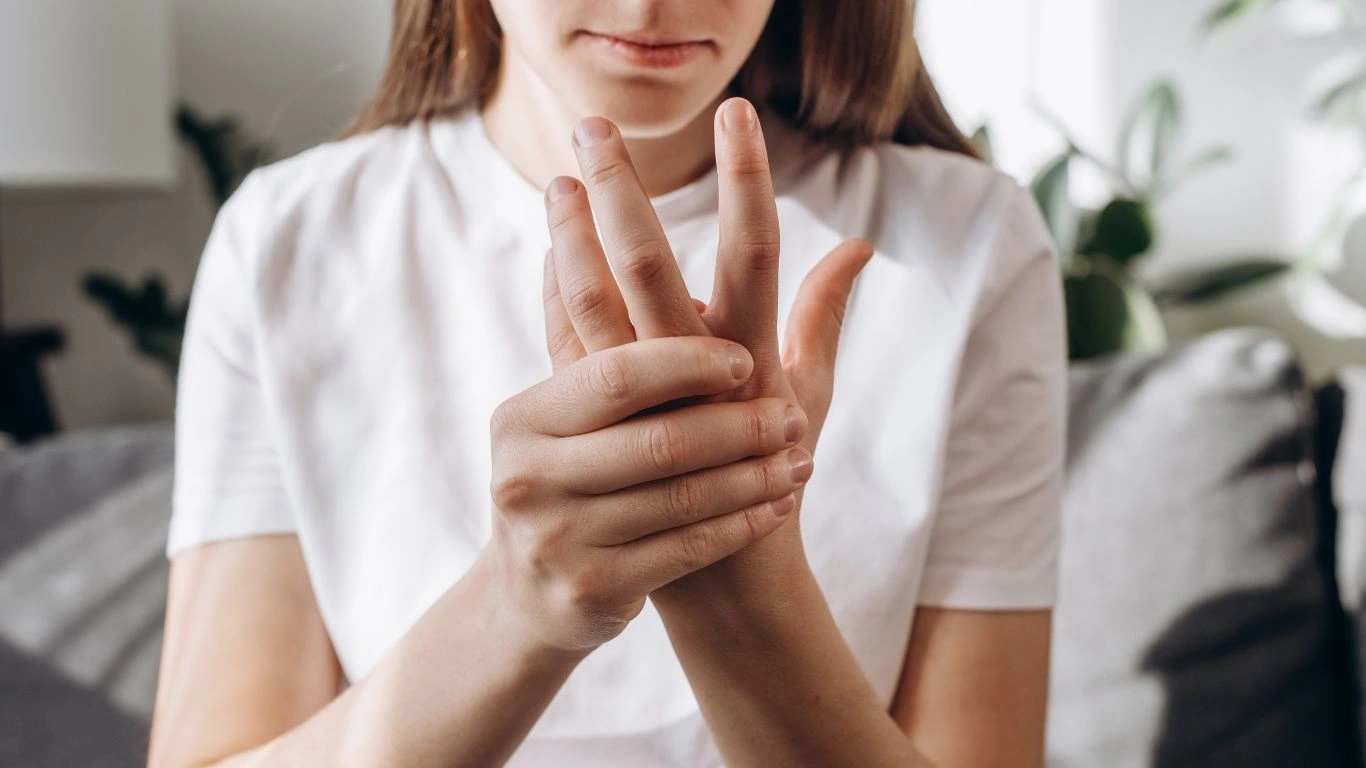
Of course, it’s important to listen to your body. If a specific movement or exercise causes pain, it’s best to stop and consult with a healthcare provider or physical therapist. That’s why I often collaborate with physical therapists to create personalized exercise plans that balance flexibility improvement with the need to avoid overexertion.
Physical Therapy: A Personal Touch for Flexibility
When dealing with flexibility loss due to RA, physical therapy can be a game-changer. A physical therapist can tailor a program specifically for you, taking into account the severity of your symptoms and your individual needs. I can’t tell you how many of my patients have found relief through physical therapy. In many cases, it helps them regain the ability to perform tasks that seemed impossible just a few months earlier.
One of the most effective methods used in physical therapy for flexibility improvement is the focus on joint mobilization techniques. These techniques aim to restore the movement of the joint and reduce stiffness. Additionally, physical therapists incorporate strengthening exercises to improve the muscles surrounding the affected joints, which can reduce pain and improve mobility.
Assistive Devices: Making Life Easier
Sometimes, no matter how hard we try, our joints just need a little extra help. This is where assistive devices come in. From tools that help you reach for items on high shelves to braces that provide support for your joints, assistive devices can help make daily tasks easier without sacrificing flexibility or independence. I’ve always encouraged my patients to explore these options, especially if they’re struggling with a specific task.
- Joint Braces: These can provide support to affected joints, reducing pain and allowing for better movement. For example, a knee brace can help you walk more easily while providing added stability.
- Grabbers and Reachers: If bending or stretching to pick something up becomes difficult, grabbers or reachers can help you retrieve items without straining your joints.
- Walking Aids: Canes or walkers can help older adults with RA maintain balance and support while walking, which is especially important for those whose knees or hips are affected.
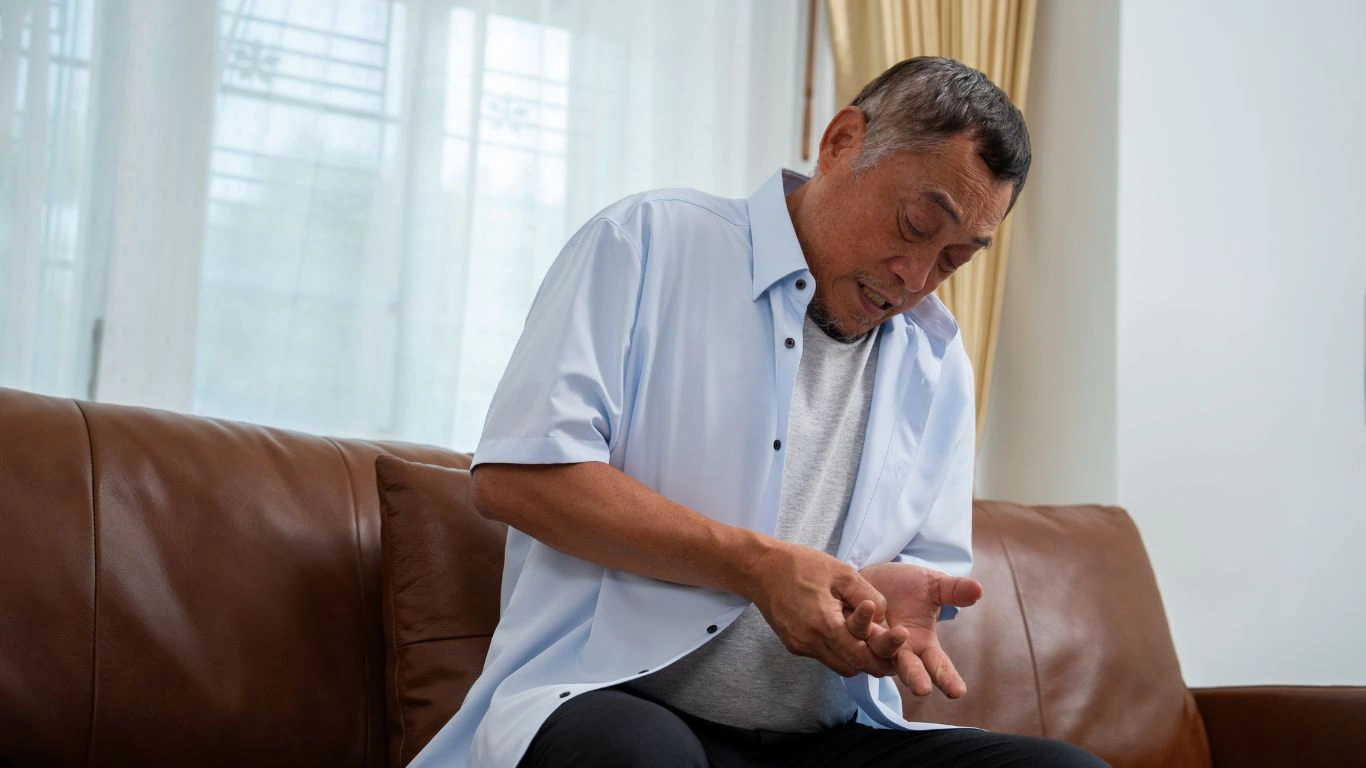
These devices not only make life easier but can also help prevent further joint damage by reducing strain. It’s one of those simple yet effective strategies that can truly make a difference in someone’s daily routine.
Medications: Managing Pain and Inflammation
Let’s not forget the importance of medications in managing the symptoms of rheumatoid arthritis. Medications can’t reverse the damage that has already been done, but they can play a crucial role in reducing inflammation, controlling pain, and improving overall mobility. The key is to find the right balance, which may take some trial and error. I always remind my patients that pain relief is just one piece of the puzzle – controlling inflammation is critical to maintaining flexibility.
There are several types of medications used to treat RA, including:
- Nonsteroidal Anti-Inflammatory Drugs (NSAIDs): These drugs can help reduce inflammation and relieve pain, making it easier to move the affected joints.
- Disease-Modifying Antirheumatic Drugs (DMARDs): These drugs target the underlying autoimmune response, helping to slow or stop the progression of RA. By managing inflammation early on, DMARDs can help preserve joint flexibility.
- Biologic Drugs: For those with more severe RA, biologic drugs can target specific areas of the immune system, helping to reduce inflammation and improve joint function.
While medications are important, they work best when combined with other treatments like exercise, physical therapy, and assistive devices. Again, it’s all about building a comprehensive plan that works for each individual.
Mindfulness and Stress Reduction: The Overlooked Factor
It may sound surprising, but managing stress is an essential part of managing rheumatoid arthritis. Stress has been shown to exacerbate RA symptoms, leading to more frequent flare-ups and increased pain. This, in turn, can worsen flexibility loss. Over the years, I’ve seen the positive impact that mindfulness and stress-reduction techniques can have on my patients’ RA management.
Simple practices like deep breathing exercises, meditation, and even mindfulness-based stress reduction (MBSR) can help calm the nervous system and reduce the body’s inflammatory response. By taking time to relax and focus on mental well-being, many people with RA can experience better pain management and improved flexibility. It’s a small but effective piece of the puzzle that’s often overlooked.
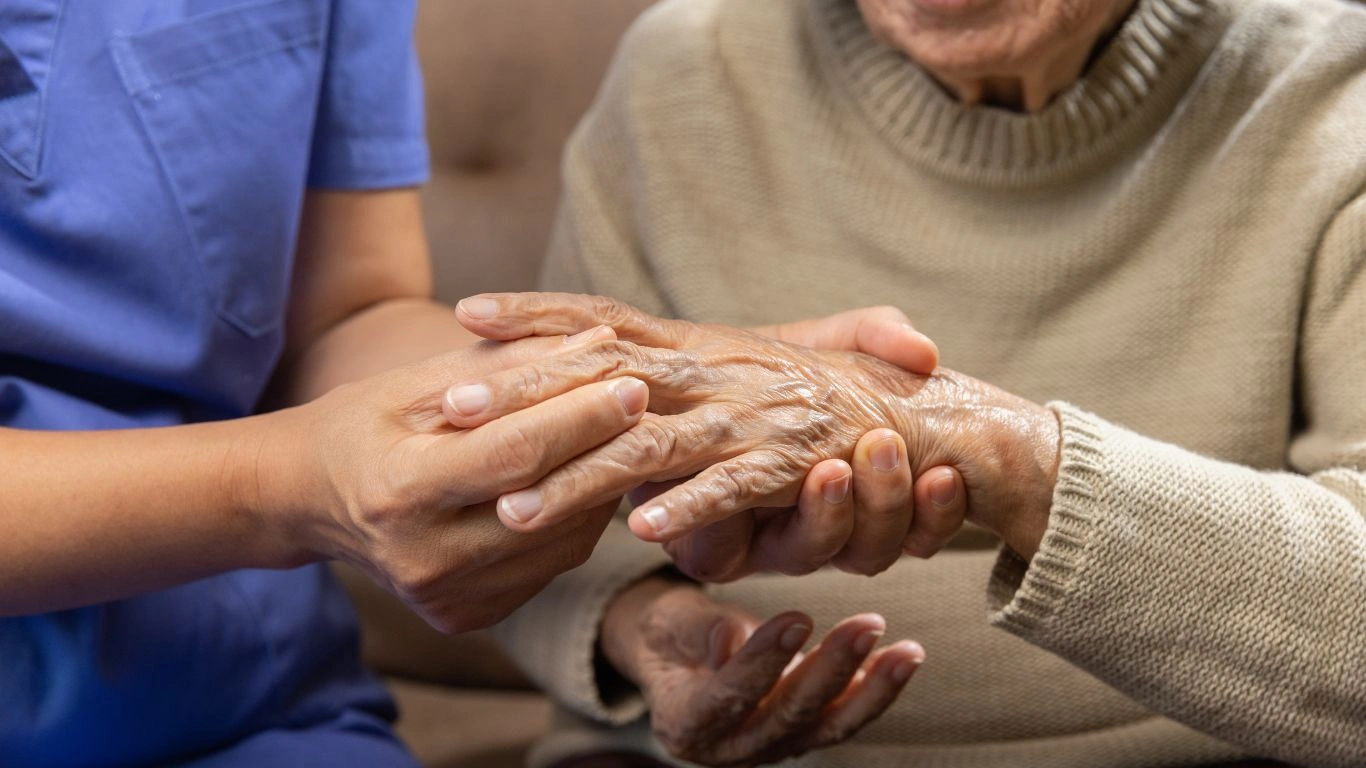
When it comes to managing flexibility loss due to rheumatoid arthritis, a multi-faceted approach is crucial. As I’ve seen in my practice, combining medication, physical therapy, exercise, assistive devices, and stress management can have a transformative effect on a person’s ability to move freely and maintain a good quality of life. The road to improved flexibility may not be quick or easy, but with the right strategies in place, it’s absolutely possible. And remember, no two journeys with RA are the same – finding what works for you may take some time, but it’s worth the effort.
Case Studies & Real-Life Examples
Nothing drives home the impact of rheumatoid arthritis on flexibility more than real-life examples. In my practice, I’ve worked with so many individuals who, despite facing significant challenges, have found ways to manage their condition and maintain a fulfilling life. These stories are often the most inspiring and, I believe, provide hope for anyone dealing with RA.
Case Study 1: Marge, a 68-Year-Old with Severe RA
Marge came to me a few years ago after experiencing intense joint pain in her hands, wrists, and knees. She had been diagnosed with rheumatoid arthritis about ten years prior but had been able to manage the condition with minimal flare-ups. However, as she got older, she noticed her flexibility diminishing rapidly. Simple tasks like gardening or playing with her grandchildren became painful, and she felt frustrated by the constant limitations.
After thoroughly assessing her condition, we worked together to design a tailored plan for her. We focused on regular stretching exercises, physical therapy, and low-impact activities like swimming to keep her joints moving. Marge also began using joint braces to help support her knees and wrists during physical activities. Slowly, but surely, she began to feel more mobile. Over time, she found that with consistent exercise and therapy, she regained some of her flexibility and could do things she had thought were out of reach. She even reported that she felt less fatigued, as the exercise and movement helped her overall energy levels.
Case Study 2: Tom, a 72-Year-Old with RA in His Shoulders and Hips
Tom had been struggling with RA for over a decade and had noticed that his ability to lift his arms and rotate his hips had severely diminished. He had always been an active person, enjoying cycling and hiking, but now these activities felt like distant memories. Tom’s flexibility issues were affecting his quality of life in ways that were both physically and emotionally difficult for him to deal with.
We worked together to implement a combination of physical therapy and joint-specific strengthening exercises. We also introduced modifications to his routine, including using a bike with a more supportive frame to reduce strain on his hips. The key for Tom was consistency, and it wasn’t about pushing through pain but instead working on improving his range of motion bit by bit. After six months, Tom was able to hike again – not as far or as fast as he once did, but enough to enjoy the outdoors with his friends. His case was a testament to how dedication to rehabilitation and the right support can lead to significant improvements in flexibility.

These case studies are just two examples of how RA can impact flexibility, but they also show how, with the right treatment plan and support, it’s possible to regain some lost mobility. There are countless stories out there of people managing their RA successfully, and I truly believe that anyone with RA can make a positive change in their flexibility with the right mindset and approach.
Key Takeaways: What You Need to Remember
As we wrap up this discussion on rheumatoid arthritis and its impact on flexibility, here are the most important points to keep in mind:
- Rheumatoid arthritis affects flexibility: RA causes inflammation in the joints, which leads to pain, swelling, and stiffness that can limit movement.
- Aging makes flexibility loss more challenging: The natural aging process already leads to a decrease in flexibility, and when combined with RA, the problem can be more pronounced.
- Regular exercise is key: Gentle exercises, like stretching, yoga, swimming, or walking, are crucial for maintaining flexibility and reducing stiffness.
- Physical therapy offers personalized solutions: A physical therapist can create a custom plan to address your unique flexibility challenges and help you regain mobility.
- Assistive devices can make a big difference: From braces to walking aids, these devices support your joints and make daily tasks easier without further strain.
- Medications help manage pain and inflammation: While medications can’t reverse joint damage, they are an important part of controlling symptoms and improving movement.
- Mindfulness and stress reduction are beneficial: Reducing stress can have a positive impact on RA symptoms and overall flexibility, improving both physical and mental health.
FAQs
Here are a few frequently asked questions I often hear from patients and those concerned about rheumatoid arthritis and flexibility:
1. Can I improve flexibility even if I’ve had RA for years?
Yes! While it may take longer to regain flexibility if the disease has been present for many years, it’s still possible to improve mobility with a dedicated treatment plan. Exercise, physical therapy, and a combination of other therapies can help you regain some of the flexibility you’ve lost. Patience is key, but progress is absolutely achievable!
2. Are there any exercises that I should avoid with rheumatoid arthritis?
Some high-impact exercises, such as running or jumping, might aggravate your joints, especially if you’re dealing with pain or inflammation. It’s best to focus on low-impact exercises like swimming, walking, or gentle yoga that allow you to move without putting too much stress on your joints. Always consult with a healthcare provider before starting a new exercise routine.
3. How do I know if a certain exercise is too painful for me to continue?
It’s important to listen to your body. If an exercise causes sharp pain, you should stop immediately. Mild discomfort is normal as you work on improving flexibility, but pain is a sign that you may be overdoing it. Always err on the side of caution and consult a professional if you’re unsure.
Bonus: Additional Resources or DIY Tips
If you’re looking to dive deeper into managing rheumatoid arthritis and flexibility, there are plenty of resources available. Here are a few that I recommend:
- Online Exercise Programs: Websites like Arthritis Foundation offer gentle exercise programs specifically designed for people with RA.
- Mindfulness Apps: Apps like Headspace and Calm can help with stress management, which in turn can help manage inflammation and improve your flexibility.
- Physical Therapy at Home: Many physical therapists offer virtual sessions or home exercise kits, which can be helpful if you have limited access to in-person appointments.
Appendix: Table, References, Disclaimer, and Call to Action
References:
Disclaimer: The information provided in this article is for educational purposes only and is not intended as medical advice. Always consult with your healthcare provider before making any changes to your treatment plan or lifestyle.
Call to Action: If you’re struggling with rheumatoid arthritis and its impact on flexibility, don’t hesitate to reach out to a healthcare professional. There are many ways to manage RA and regain some mobility – and you don’t have to face it alone!

Tarra Nugroho is a dedicated Nurse Practitioner with a strong foundation in family and preventive care. She brings both compassion and clinical expertise to her practice, focusing on patient-centered care and health education. As a contributor to Healthusias.com, Tarra translates medical knowledge into clear, empowering articles on topics like women’s health, chronic disease management, and lifestyle medicine. Her mission is simple: help people feel seen, heard, and informed—both in the clinic and through the content she creates. When she’s not caring for patients, Tarra enjoys weekend hikes, plant-based cooking, and curling up with a good health podcast.
